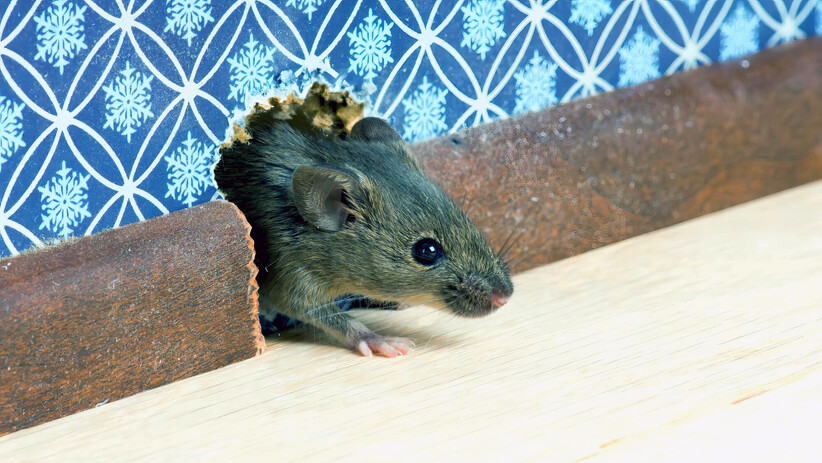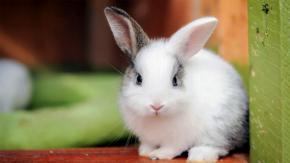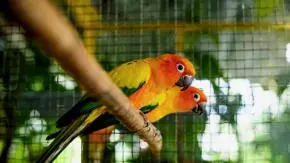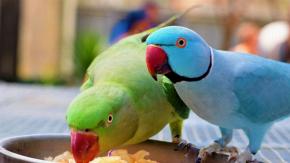The house mouse, or the common house mouse or domestic mouse, is a small rodent species often found living comfortably alongside humans.
As the Latin name Mus musculus would suggest, house mice have adapted well to inhabiting human settlements and have spread globally.
They are small creatures, typically weighing between 10-25 grams as adults, with short tails and greyish-brown fur. Mice tend to be smaller and have more delicate features compared to the larger, sturdier build of rats.
House mice are highly social animals that live in colonies and communicate through vocalisations and scent marking.
They are nocturnal and highly intelligent, able to quickly solve complex problems and learn avoidance behaviours.
These small mammals are also excellent climbers and diggers, allowing them to access places thought secure from rodents. They can squeeze through tiny cracks and spaces as small as 6 millimetres.
This article will explore some key facts about the biology, behaviour, diet and reproduction habits of the ubiquitous house mouse species.
House Mice Behaviour and Habits
House mice are highly social and territorial. They usually live together in colonies of 5-20 related individuals who vigilantly defend their shared space from outsiders. Although they are mostly nocturnal, they can sometimes be seen during the day.
Excellent climbers, house mice will ascend trees, fences and building ledges with ease using their small claws.
Sensitive whiskers help them navigate tight squeeze points just 6mm wide to gain access wherever food is available.

Communication happens through ultrasonic vocalisations too high for humans to hear and scent marking with urine and feces.
The diet mainly consists of cereal grains, fruits, and vegetables, but house mice are opportunistic omnivores happy to consume almost anything.
During the day, mice will shelter in their nests, which are made of shredded paper, cloth, and fur and located in hidden spots.
Dangers and Health Risks
While house mice themselves may not pose much direct danger, they can significantly impact human health and property in several ways. As rodents, they are known carriers of pathogens through their faeces, urine and saliva.
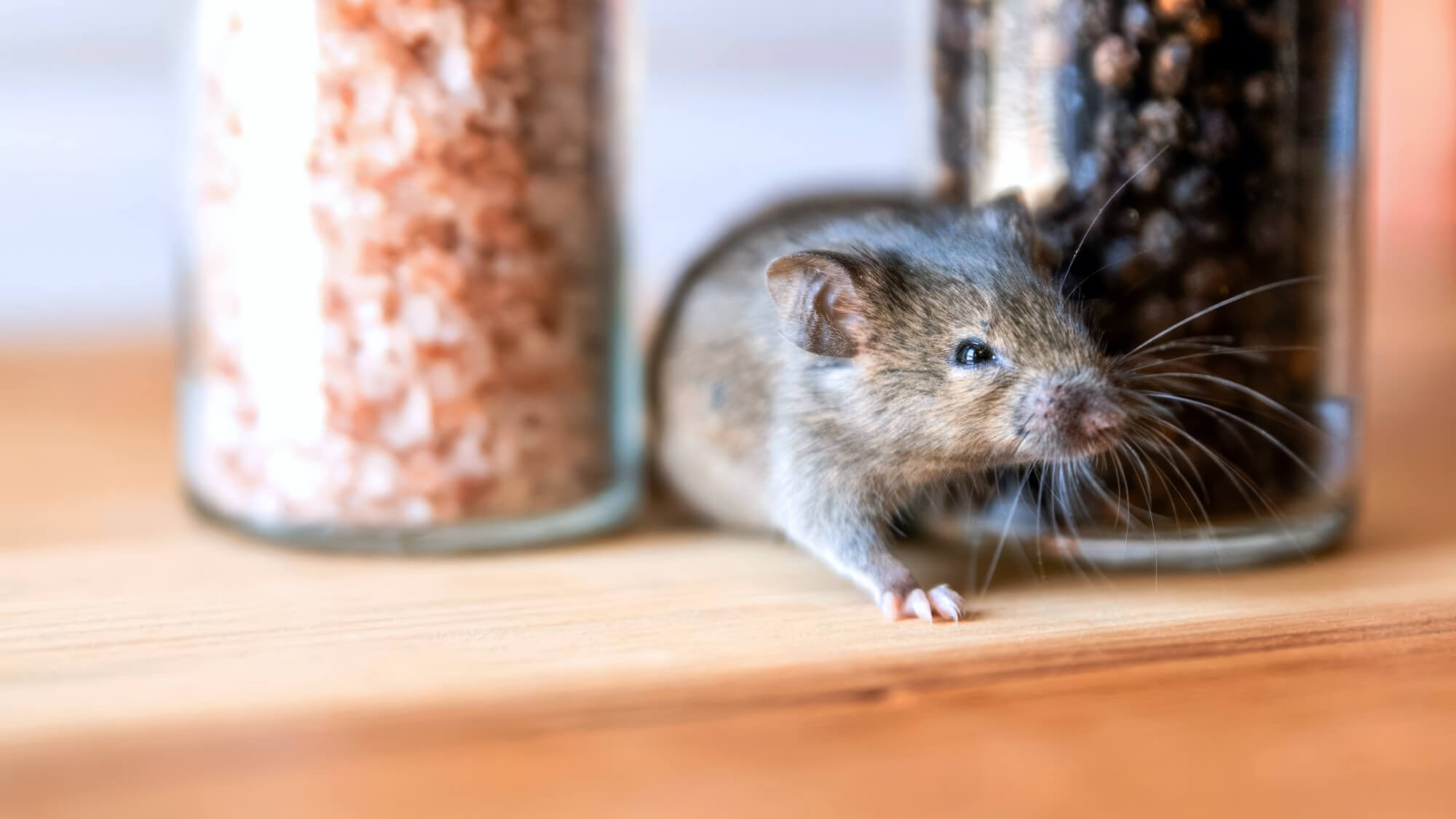
House mice may transmit diseases such as salmonellosis, tapeworms, and hantavirus. Their habit of chewing and gnawing causes extensive structural damage as they seek to hone their constantly growing teeth.
Electrical wires, insulation and woodwork suffer significant corrosion that has caused household fires.
The contamination of food storage areas leads to spoilage and waste of household supplies. Allergens from their dander, droppings, and urine can exacerbate respiratory issues like asthma.
If left unchecked, their population growth occurs exponentially, soon reaching plague proportions that overrun living spaces. Prompt recognition and management of infestations are essential for safety.
Preventing House Mice Infestations
The best approach is to deny house mice access to necessities that encourage infestation. All food should be stored in tight metal or glass containers, not plastic or cardboard, susceptible to chewing.
Pet food and water bowls should be picked up each night.
Access points 1/4 inch or larger allowing entry must be sealed, including cracks around pipes, electrical, vents and fireplaces.
Dropped ceilings and rarely accessed areas need inspection and exclusion. Outside, brush and debris contacting walls should be removed.
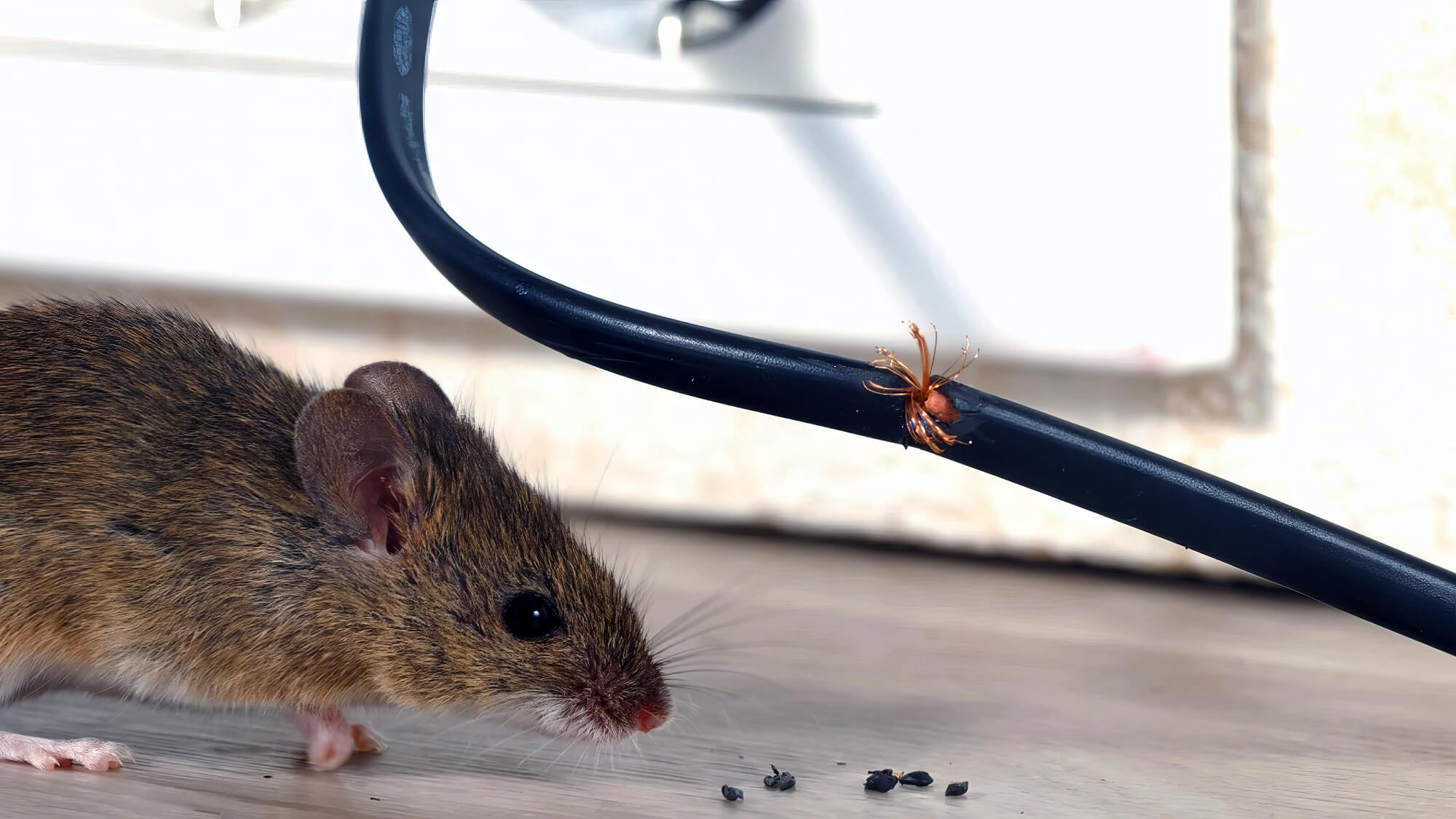
Woodpiles and garbage bins kept raised off the ground and far from structures help discourage mice from approaching. Strong, intact building foundations with no gaps for burrowing under structures.
Regular cleaning eliminates odours that might attract mice inside.
Early detection through monitoring catch stations or tracking patches allows small issues to be addressed before more extensive damage or colony development occurs.
Dealing with House Mice
If mice are detected, prompt action is important to remove them and prevent re-infestation. Live traps can safely remove mice, which should then be released a mile away from capture sites.
Be sure to wear gloves when handling traps. For larger infestations, multiple-catch kill traps or rodenticides may be necessary inside closed bait stations that are out of reach of children and pets.
After clearing the area, all traces of food, nesting materials, and droppings must be cleaned to remove scent markers.
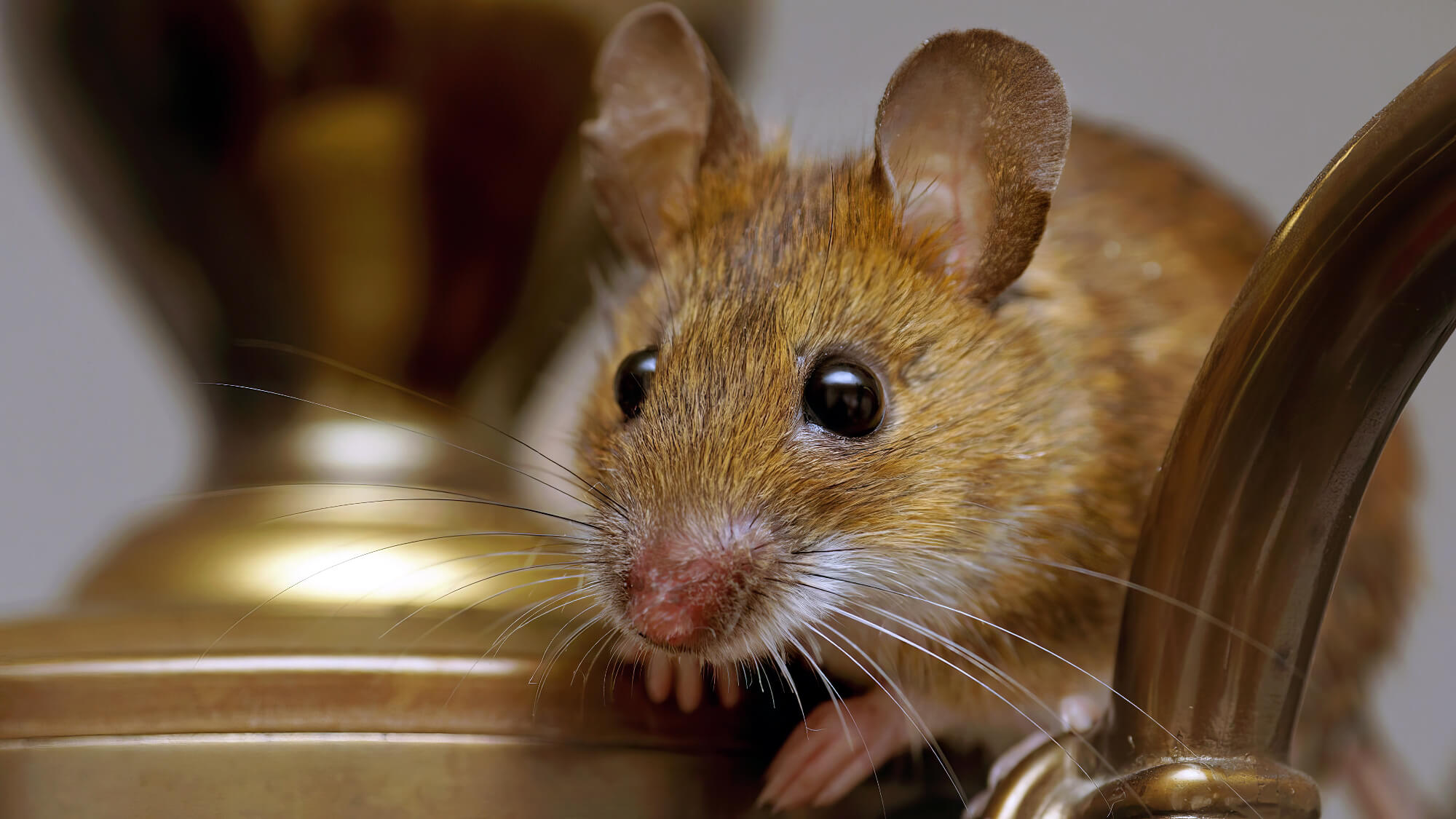
Seal all entry points located, even if they seem too small, by blocking or caulking.
Monitoring should continue with traps set for 2-3 weeks to catch any mice that may have been missed. Storage and trash handling habits will likely need adjustment.
Professional pest control can assess severe or persistent issues and apply exclusion barriers as needed. Ongoing prevention and quick response action is advised.
Contact Planet Pet Today!
House mice can present pest issues, but their infestations are preventable through diligent sanitation and exclusion practices. For guidance in identifying, assessing or treating mouse problems, contact the experts at Planet Pet.
Our professional pest control technicians can evaluate your situation and recommend a humane management plan to rid your home of mice for good.

